
Bathroom
Choosing Bathroom Fixture Finishes - Inspiration & FAQ
10.22.2025

In This Article
Corner tubs are a worthwhile feature for anyone looking to maximize space and comfort in a bathroom, whether you’re renovating a compact ensuite or reimagining a spacious primary bath. They can turn an awkward angle into a dramatic focal point, leave room for double vanities or storage, and offer the kind of deep relaxation that’s hard to replicate with standard tubs. With options like jetted corner tubs, soaking tubs, and clever corner tub design ideas, it’s easier than ever to create a home-spa experience in spaces where you didn’t think it was possible.
Still, corner tubs do come with trade-offs. They require a larger overall footprint than most alcove or straight-sided tubs, can introduce added plumbing and installation complexities, and some designs can be harder to clean. Jetted models need access to electricity and ongoing mechanical maintenance. Finally, unless paired with a showerhead and enclosure, a corner tub may not suit those who prioritize quick showers.
To make sure a corner tub fits comfortably and functions well, keep these common requirements in mind:
The right corner tub does more than meet footprint requirements. Some designs prioritize deep, comfortable soaking, while others add features like hydrotherapy jets, integrated seating, or shower compatibility. Costs can range widely: basic soaking models start in the hundreds, while jetted or statement-making freestanding tubs can run into the thousands, especially once installation and required plumbing or electrical upgrades are included.
Bring Your Dream Bathroom to Life

|
Corner Tub Material |
Pros |
Cons |
Typical Price Range |
|
Fiberglass |
Budget-friendly, easy to install, lightweight |
Less durable, more prone to scratching and fading |
$500–$1,500 |
|
Acrylic |
Lightweight, affordable, excellent heat retention, easy to clean |
Prone to scratching, may discolor over time |
$600–$2,000 |
|
Cast Iron |
Extremely durable, superior heat retention, classic look |
Very heavy (may require floor reinforcement), expensive |
$2,000–$5,000+ |
|
Stone/Composite |
Luxe, spa-like look, retains heat well, unique finishes |
Extremely heavy, costly, high-maintenance |
$3,000–$7,000+ |
|
Porcelain-Enameled Steel |
Classic appearance, moderately priced, durable surface |
Colder to the touch, less heat retention, can chip if struck |
$800–$2,500 |
The main driver of your budget will be the price of the tub itself and any built-in features you choose. Standard fiberglass or acrylic soaking corner tubs are often the most budget-friendly, typically ranging from $500 to $2,000. If you’re interested in upgrades—like a jetted corner tub with hydrotherapy or a freestanding tub in a designer shape—you’ll see prices start at $2,500 and climb as high as $7,000 or more. The tub’s size, style, and amenities such as integrated seating or custom finishes will all impact cost.
Installation for a corner tub tends to be more complex and is often pricier than a standard tub replacement. Basic installation might cost between $1,000 and $2,500. More complicated setups—requiring electrical work for jets, floor reinforcement for heavy models, or significant rerouting of plumbing—can push labor expenses to $3,500 or beyond. Always budget for additional requirements based on your home’s layout and the tub’s weight.
Beyond the tub and its installation, the supporting construction often adds to your total investment. Demolition and removal of an old tub, floor leveling, or structural reinforcement for weight can each add several hundred dollars to your project.
Many homeowners also choose custom tile or stone surrounds, which can range from $800 to $2,500. If you choose to tie your corner tub installation with related projects—like replacing your flooring—guides like The Best Materials for Bathroom Floor Tiles and Bathroom Waterproofing—Floors, Walls & More can provide helpful insights.
It’s important to factor in secondary costs that may arise throughout and after installation. These can include permitting fees ($200–$800 depending on local requirements), disposal costs, or unexpected upgrades to plumbing and electrical systems.
For jetted tubs, remember to budget for future maintenance and occasional part replacements, adding to the long-term investment. A contingency reserve of 10–15% above your initial project cost is wise to cover surprises and ensure your renovation is smooth from start to soak.
Know the Cost Before You Start

Block is a renovation platform built around homeowners—combining expert planning tools, transparent pricing, and a vetted contractor network to streamline the entire process. From design and budgeting to hiring and build oversight, we help you move forward with clarity and confidence. Every Block project includes a dedicated team, detailed scopes, and progress-based payments to protect your investment at every step.
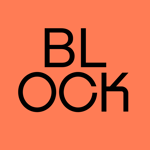
Written by Block Renovation
Are corner tubs practical for aging in place?
Are corner tubs hard to clean?
Are corner tubs in demand from home buyers?
Can corner tubs be combined with showers?
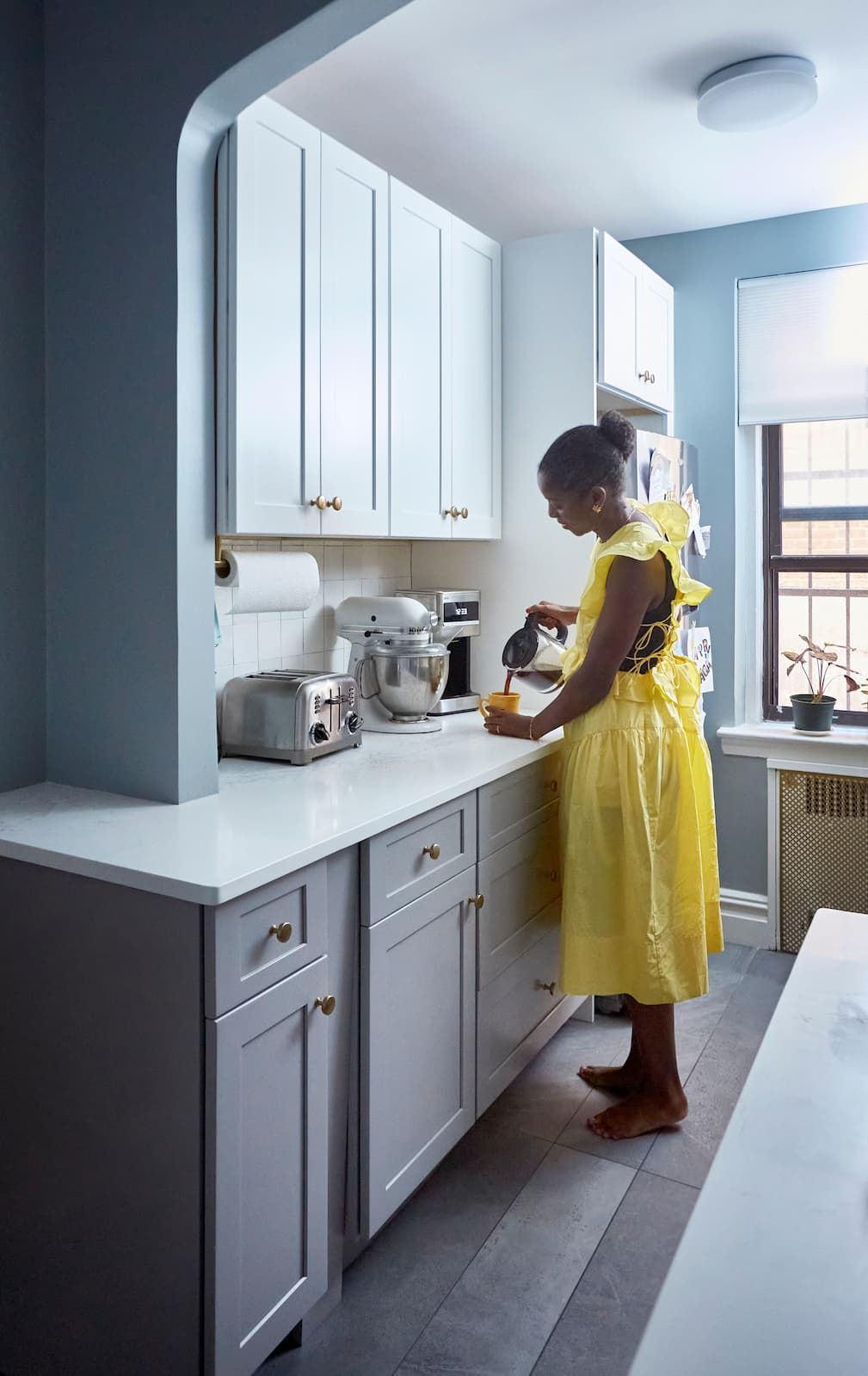
Renovate confidently with Block
Easily compare quotes from top quality contractors, and get peace of mind with warranty & price protections.
Thousands of homeowners have renovated with Block

4.5 Stars (100+)

4.7 Stars (100+)

4.5 Stars (75+)

Bathroom
Choosing Bathroom Fixture Finishes - Inspiration & FAQ
10.22.2025
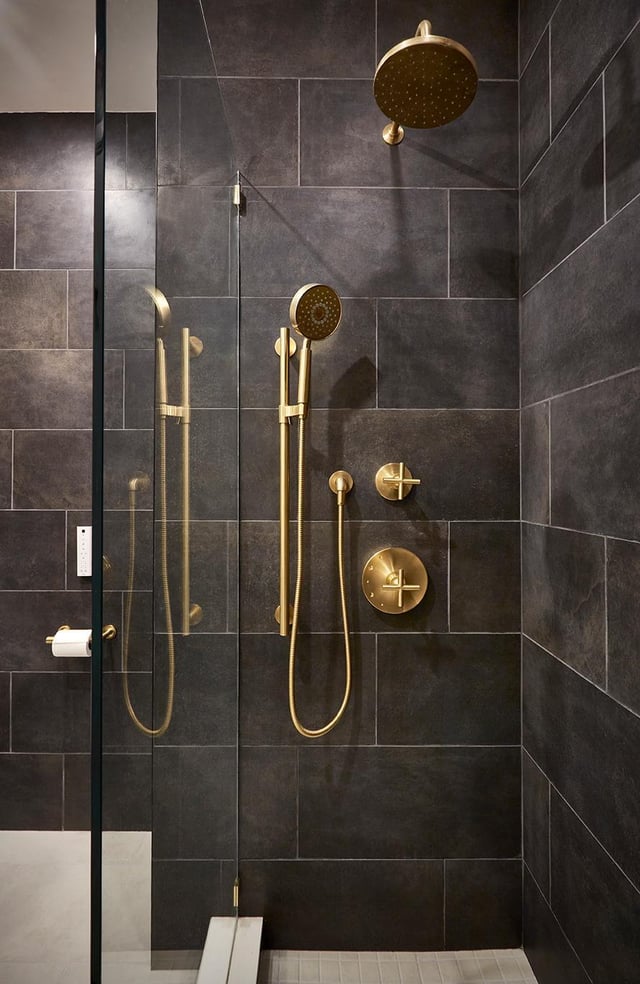
Bathroom
Designing a 40-Square Foot Bathroom? Here’s What Actually Matters
10.22.2025
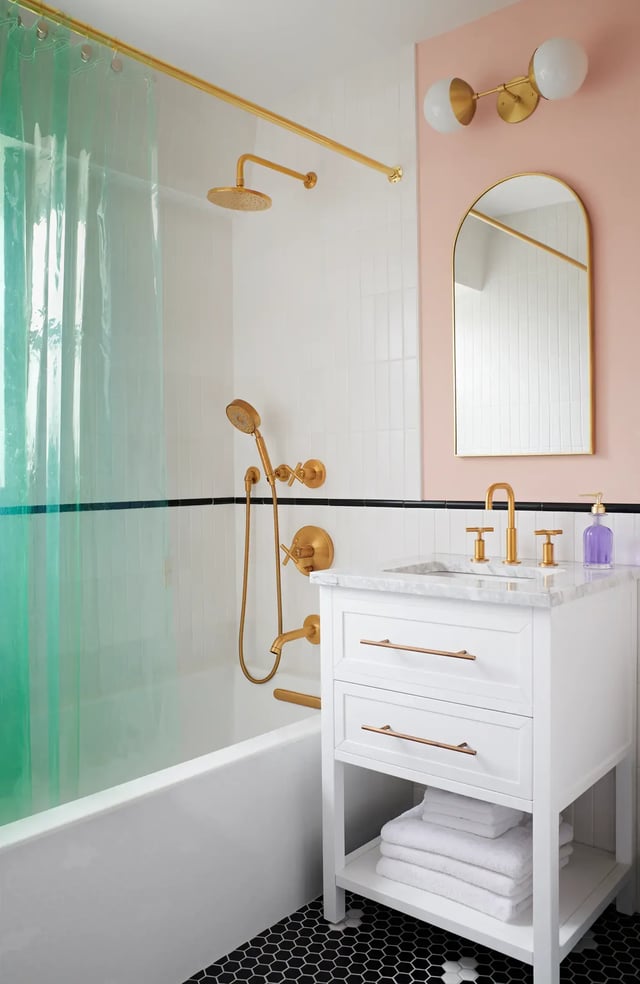
Bathroom
Different Types of Bathroom Sinks
10.22.2025
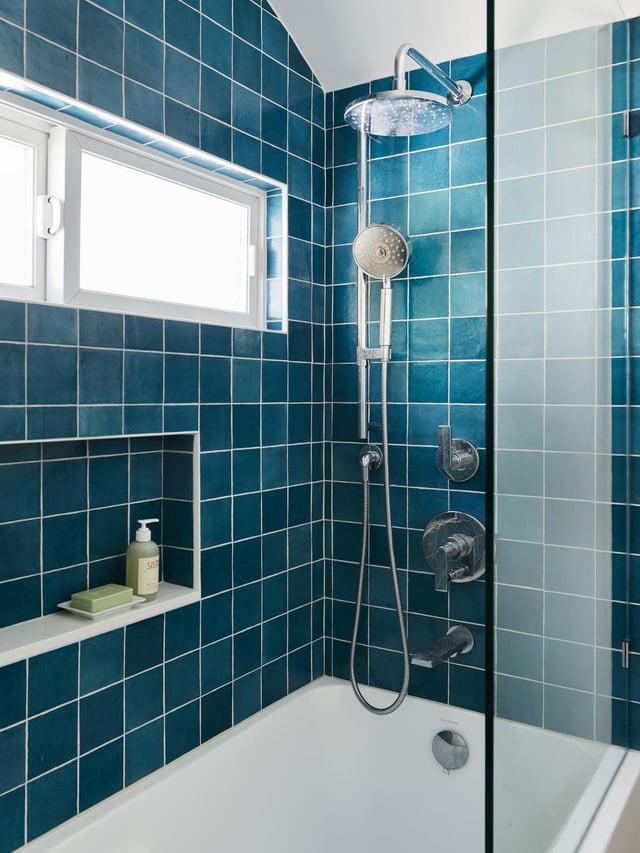
Bathroom
Showers with Windows to Inspire Your Bathroom Design
10.22.2025
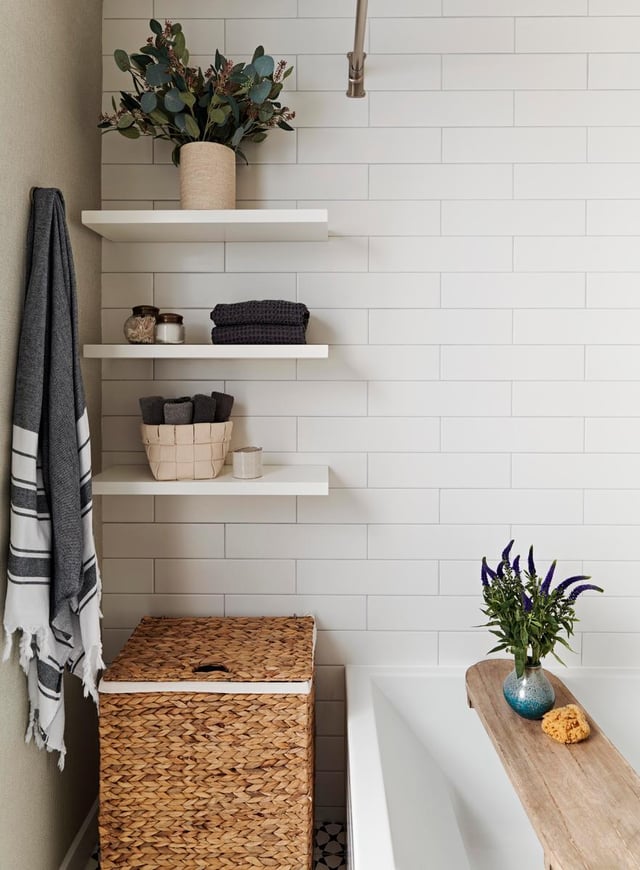
Bathroom
Small White Bathroom Design Ideas
10.22.2025
Renovate confidently